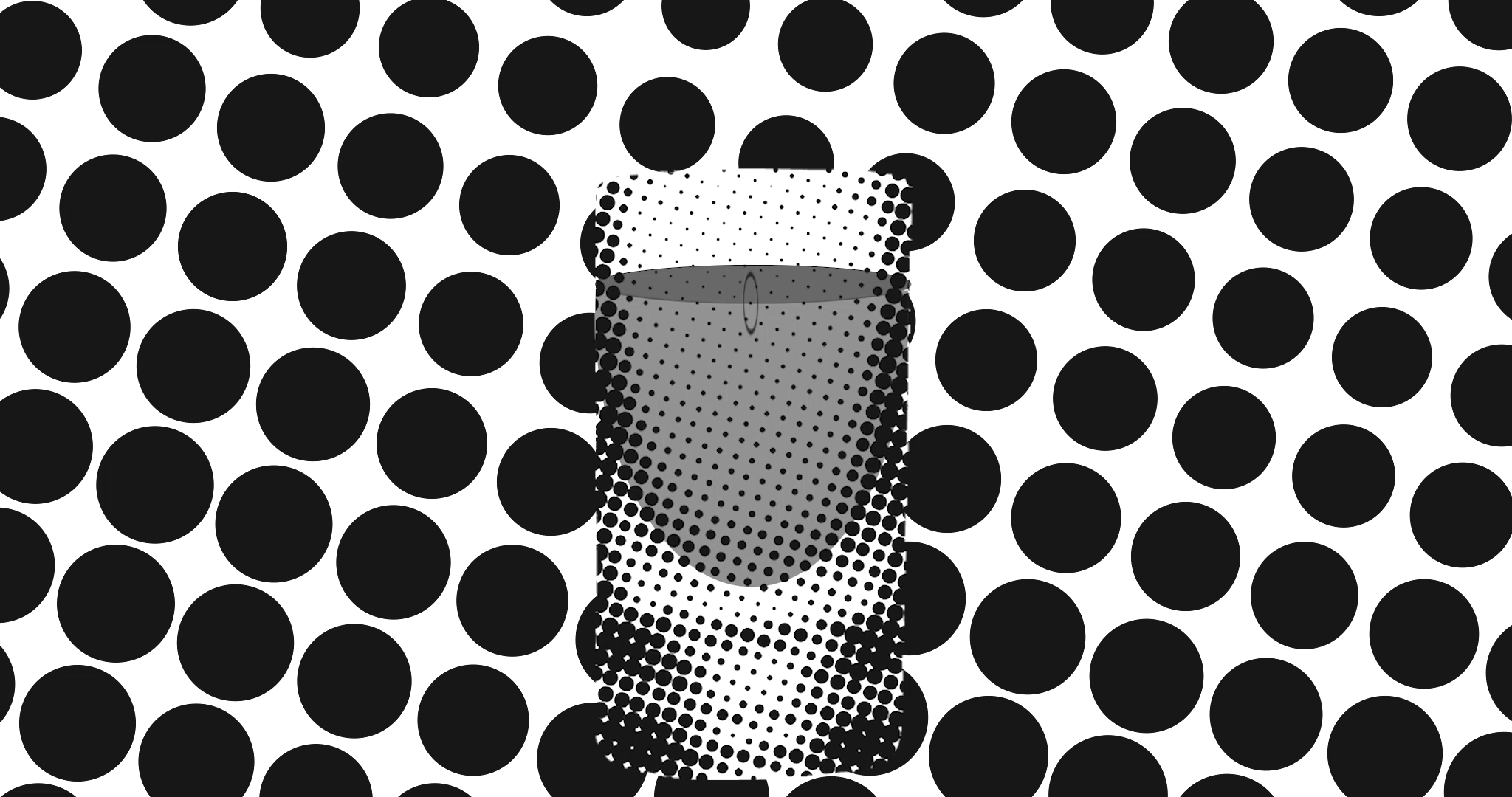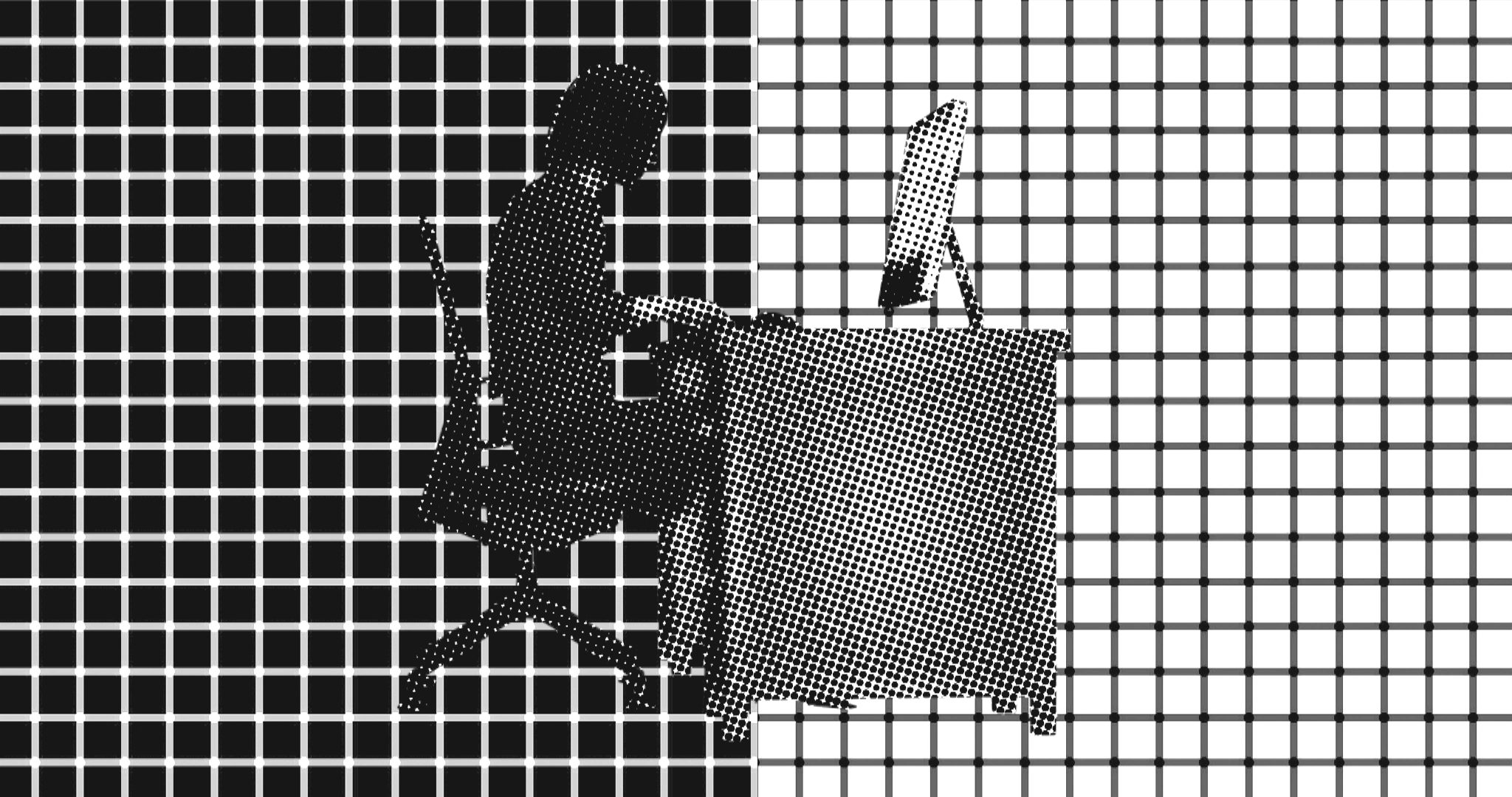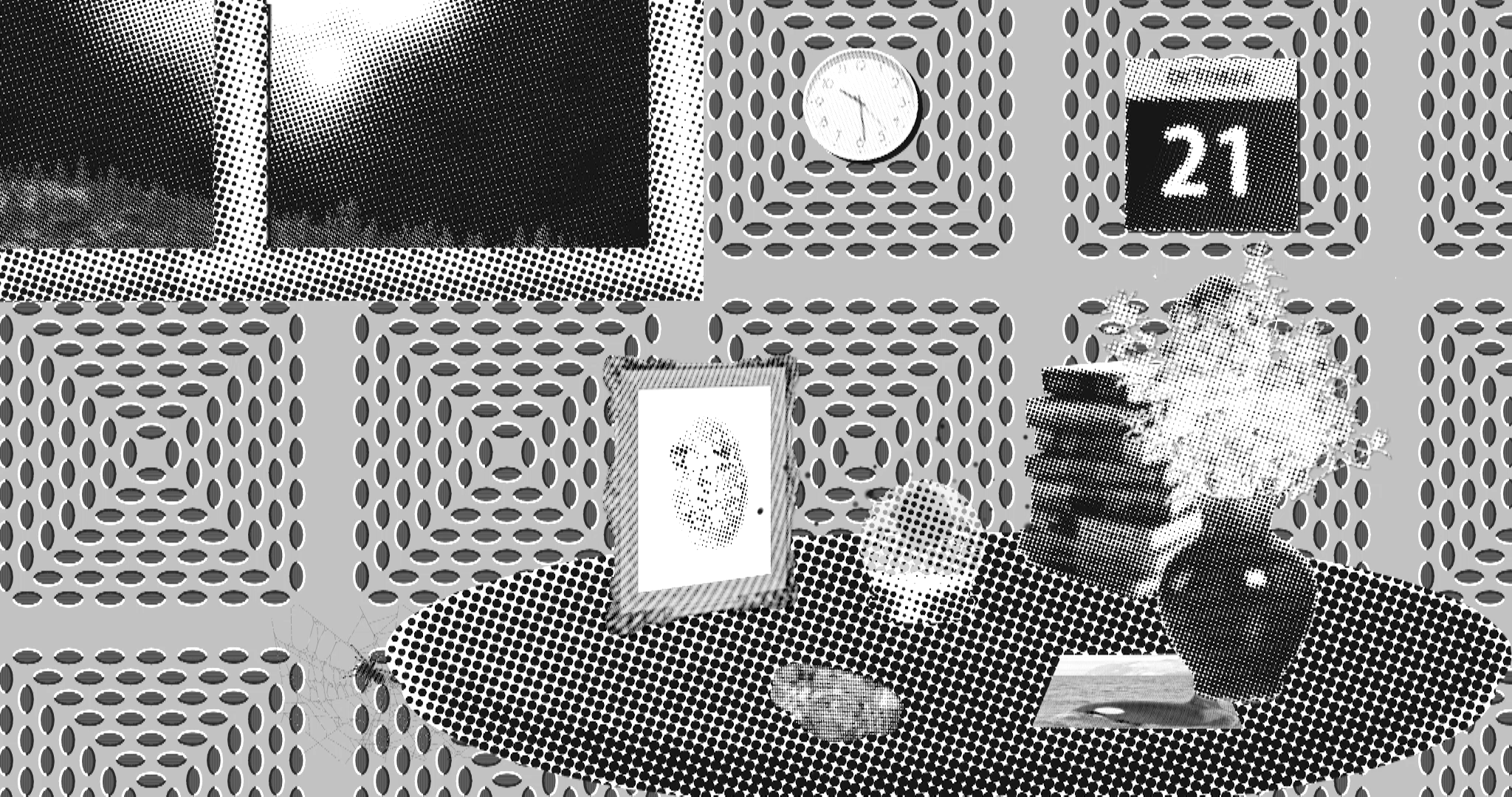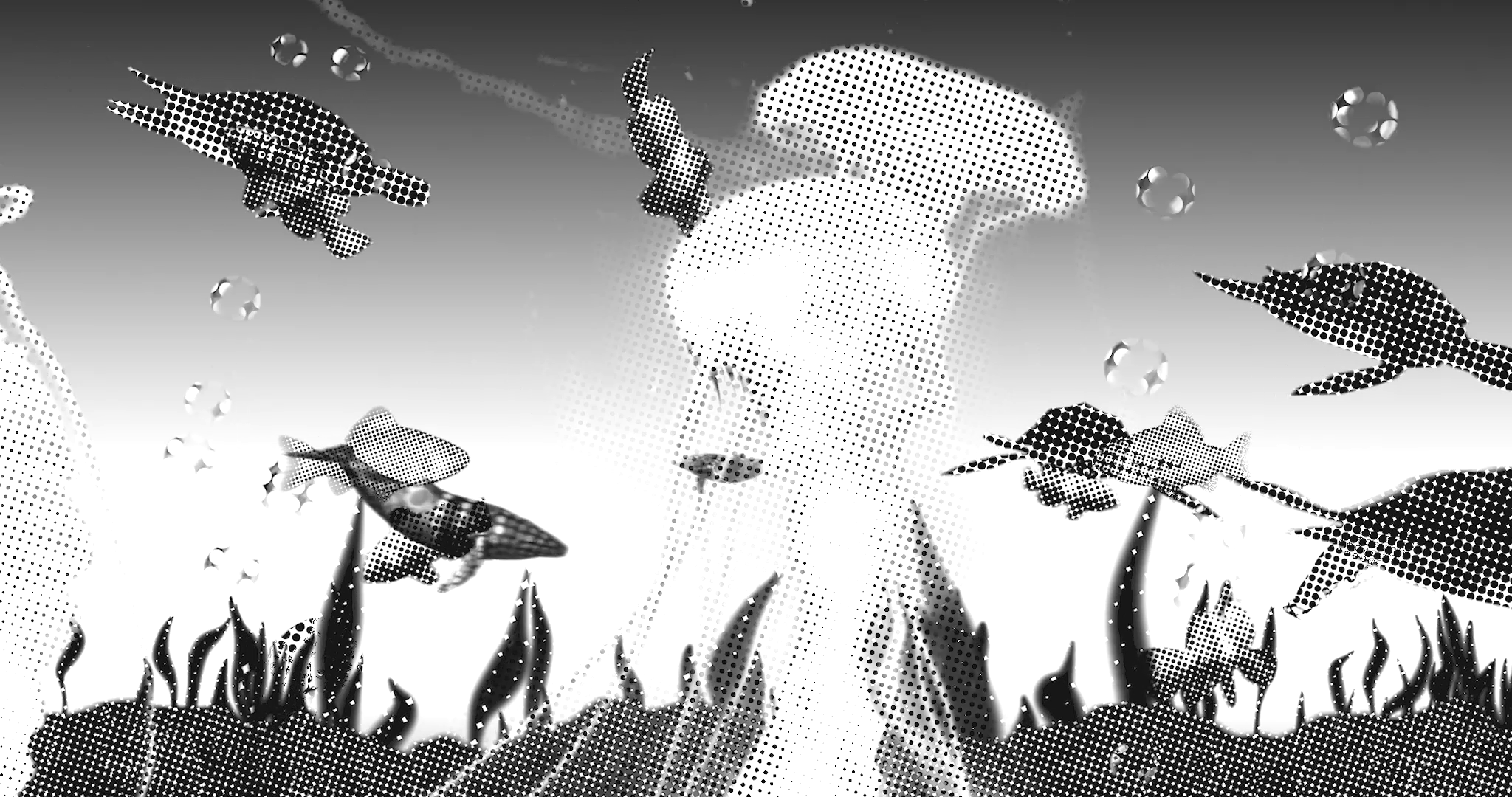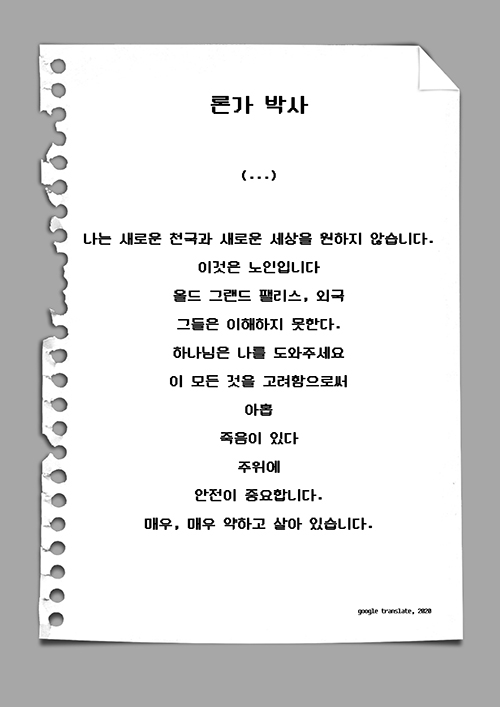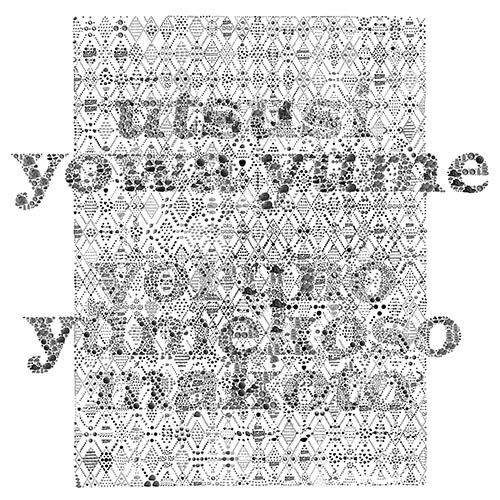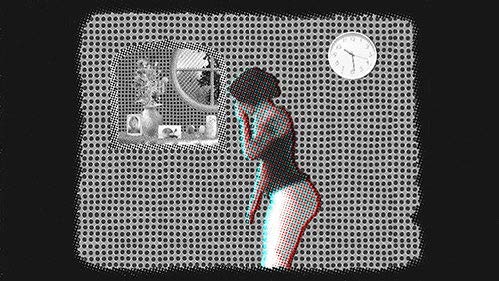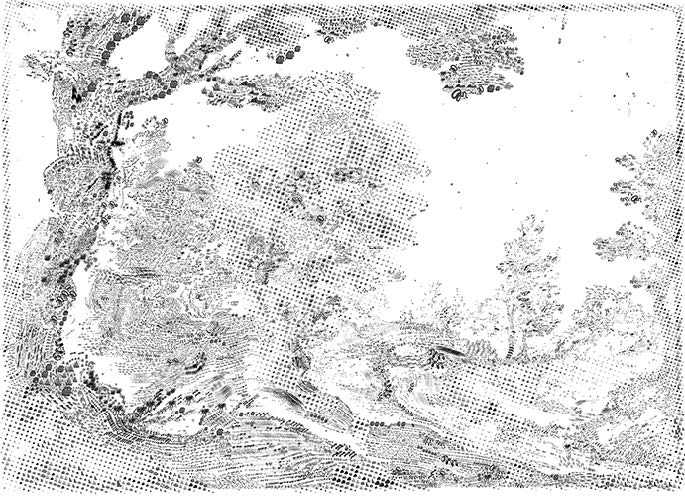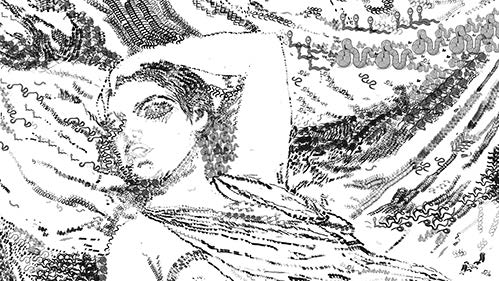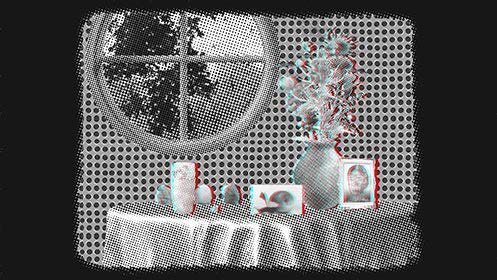THE WEAVERS
A hundred years ago, on October 21, 1920, the Korean independence forces led by General Kim Chwa-jin faces the Imperial Japanese Army at Cheongsanri in Jilin, China, and wins the battle in a sweeping victory. On October 21, 1933, Alfred Nobel, the founder of the Nobel Prize, is born in Stockholm, Sweden. On October 21, 1994, the Seongsu Bridge in Seoul collapses in a devastating tragedy, and on October 21, 2003, Elliott Smith, the singer songwriter who played the guitar and sang in his “spiderweb-thin” voice, commits suicide in Los Angeles. On October 21, 2016, a massive earthquake occurs in the central Tottori region of Japan, and on the same day, Super Typhoon Haima hits the Philippines and China.
From the internet, Youngmee Roh collects information such as events, accidents, births, and deaths that occurred on “October 21” from 1920 to 2020 throughout the world. She compiles one hundred years’ worth of data sharing the keyword, “October 21,” then reconstructs them into a story. Like the weft and warp threads on a loom, the thousand stories are weaved into the biographical narratives of two imaginary characters, “October” and “Haima.” The scripted stories are recreated into individual images, which are then translated into video in a full-length animation entitled, 1021. In the closing credit of the film, Roh lists herself not as a writer or a screenwriter, but as a “Story Weaver.” In the production process, the artist did, in fact, rearrange and print the massive amount of data into text, cut them out with scissors like threads, and weaved the sentences back together in random order. Her text collage appropriated the strategies of Dadaism.
The entangled data are transformed into individual dots. Whereas Roh’s earlier works arranged the footages into a digital collage, her most recent work utilizes halftone to create the effect of an old, degradated image. The artist defines this solo exhibition, DOT on the Roof, as a mixture of images that is created from images deteriorated into halftone, images converted into halftone, and dots. The title of the exhibition combines the word Roof (which has a similar pronunciation to the name of the exhibition space, LOOP) and the name Dorothy (which is often shortened as Dot), to signify a “Dot” marked onto the exhibition space of LOOP. The exhibition consists of three video works, seven two-dimensional works created in pointillism, a moving image, an interactive work, and an object. With the animation 1021 at the center, the countless dots become individual data, then repeatedly circulated, and deteriorated like an anonymous chronicle.
Unlike previous animations Parsley Girl and KIM, which were based on an existing fairytale or an original text, Roh’s new work 1021 is entirely created by the Weavers, including the artist, from beginning to end. Their resistance towards happy endings, as those in stories such as Snow White and Cinderella, result in “a familiar story one may have heard,” with no clear conclusion. 1021 evokes a process through which timeless stories, passed on through generations, become an archive. The skillfully and seamlessly collaged narrative is ultimately a “story” about “how a story is completed.” Doctor Lonka, is a poem by the character Haima in 1021. Presented on a lenticular print, with a Google-translated section of Ursula Kroeber Le Guin’s poem, Ars Lunga, the work displays two poems together simultaneously. Come Back, Let’s Meet Again – Guihweseok is an object made from a glittering piece of synthetic diamond and a fragile fragment of a stone, imitating the microcosm of nature and immutability (It is said that the etymology of Suseok (viewing stones) comes from Guihweseok). The exhibition also presents seven pointillism paintings – including Anonymous, Negative Love with Double Pain, and Landscape – in which the dots are created with brushstroke in Photoshop. The paintings combine self-cyclical images of stones, space, Earth, and planets, alongside those of natural cycles such as grass, ant, spider, earthworm, grasshopper, frog, snake, and eagle.
The dots on LOOP intermix with another in various forms of video, two-dimensional and three-dimensional forms based on the data source spanning one hundred years. The ownerless story rearranges and reproduces repeatedly, then becomes a massive pattern and a fairytale of its own. DOT on the Roof resembles today’s world where unsubstantiated information, such as online rumors, fake news, and false media reports, are intertwined with real information without boundaries. As the fairytales change as they pass through generations, these unverified data reflect on our present where truth is no longer relevant.
In 1021, October looks up at the thunderstorm in the sky and says, “Haima, a new world will soon emerge.” However, as he recollects Haima in her twenties, he then whispers “Haima, the world will soon end.” The animation narrates the lives of protagonists “October” and “Haima,” but it can also reflect the life of anyone. Most days that the artist discovered through her collection process revealed similar patterns throughout history. In any given day of the year, almost the same amount of tragedies and triumphs exist. The world of halftone that October and Haima create may seem new at a glance, but it ultimately deteriorates through its exhausting repetition.
Written by Sun Mi Lee
Curator, Alternative Space LOOP
Translated by Nayoung Cho
Youngmee Roh acquired BFA at School of Art Institute of Chicago and studied Animation at Korean Academy of Film Arts. Since 2012, Roh has been working on various media such as Graphic novels, paintings and installations. Recently, Roh is focusing on experimental animation with ready-made sources floating on the world wide web. Roh’s works have been exhibited through a number of international film festivals and exhibitions. Including MMCA, Asia Culture Center(Gwangju), Gyeonggi Museum of Art, Seoul Arts Center, EXiS Nemaf, LOOP DISCOVER, etc. Her works owned and archived by the Seoul Metropolitan Government, Museum of Contemporary Art Busan, Korean Film Archive, and Arko Art Center, and was selected for ‘Alternative Space LOOP 2020’. Roh currently manages ‘EYMR STUDIO’, and works in Busan and LA.











